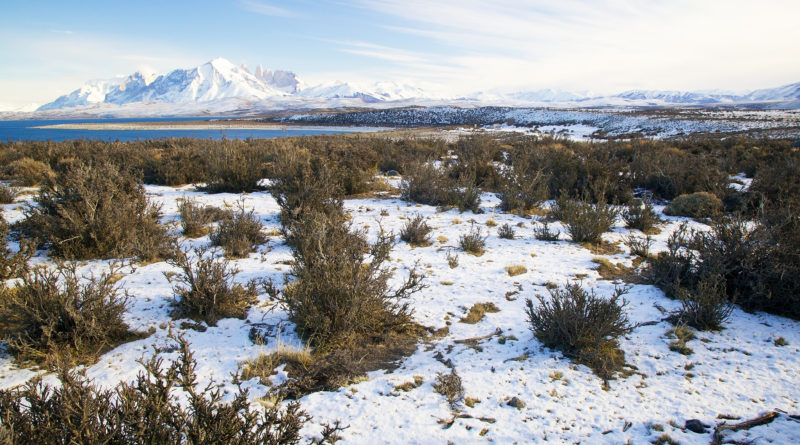How Is Snowfall Affecting Arctic Reproduction?
17,666 total views, 1 views today
It might seem weird to think that snowfall could impact the number of living things in the Arctic, but that’s exactly what a recent study has suggested. According to a paper in the October 15th issue of the open-access journal PLOS Biology, unusually large amounts of snowfall in the Arctic last year led to a “complete reproductive failure” for all living things in the ecosystem of Zackenberg, Northeast Greenland. If the phrase “complete reproductive failure” sounds dramatic, it is – scientists say this study is the first case of reproduction lagging at every level of the ecosystem.
According to Danish biologist Niels Martin Schmidt of Aarhus University, the research team – many members of which boast decades of experience – was “shocked” to see the extent of reproductive failure in the ecosystem. The work that Schmidt and his team conducted portrays the Arctic as a region in potential danger of countless mass extinctions, as the high volume of late-melting snow in Zackenberg (the region has long experienced snow-free summers by the end of June) allowed only a handful of plants and animals to reproduce. Species as diverse as arctic foxes and small flowers failed to reproduce during the time that the study documented. The study emphasizes that individual species have previously failed to reproduce due to snow conditions, but this is the first instance of nearly the whole ecosystem struggling.
Other unrelated studies of the Arctic region suggest that the conditions documented in the PLOS Biology study may continue into the future. Global increases in temperature levels may spur increases in precipitation levels and extreme seasonal fluctuations.
Nevertheless, Schmidt and his team remain cautiously optimistic. Despite their results, Schmidt says that one year as concerning as 2018 may be merely an anomaly. However, if the results of the PLOS Biology study are indicative of future reproduction patterns, Schmidt says that many Arctic species may find themselves existing outside their normal limits, posing danger to their very existence.
Arctic species may not have many other places to go. Long before climate change posed existential threats to humanity, the Arctic was home to extreme weather patterns to which only certain organisms could adapt. These organisms, now threatened by extreme snowfall and other climate change-related weather patterns, may be unable to survive in other environments. Worsening matters is that, although scientists are generally in agreement about the impacts of climate change on human society in the long term, it remains unclear exactly how Arctic ecosystems will ultimately react to environmental changes.
Other scientists from the team have shared stories of their concerns. Dutch avian ecologist Jeroen Reneerkens has described experiencing Greenland last year in a way he never had before. Where he previously saw snow-free tundra and abundant life, he instead saw fields covered with snow and entirely lacking the numerous lifeforms he had come to know. Pictures of the region taken in 2013 and 2018 depict a snow-free, verdant landscape in the former and a white, lifeless abyss in the latter. Reneerkens’ experience of the Arctic could become the region’s future if leading nations don’t soon take severe action to combat climate change.

